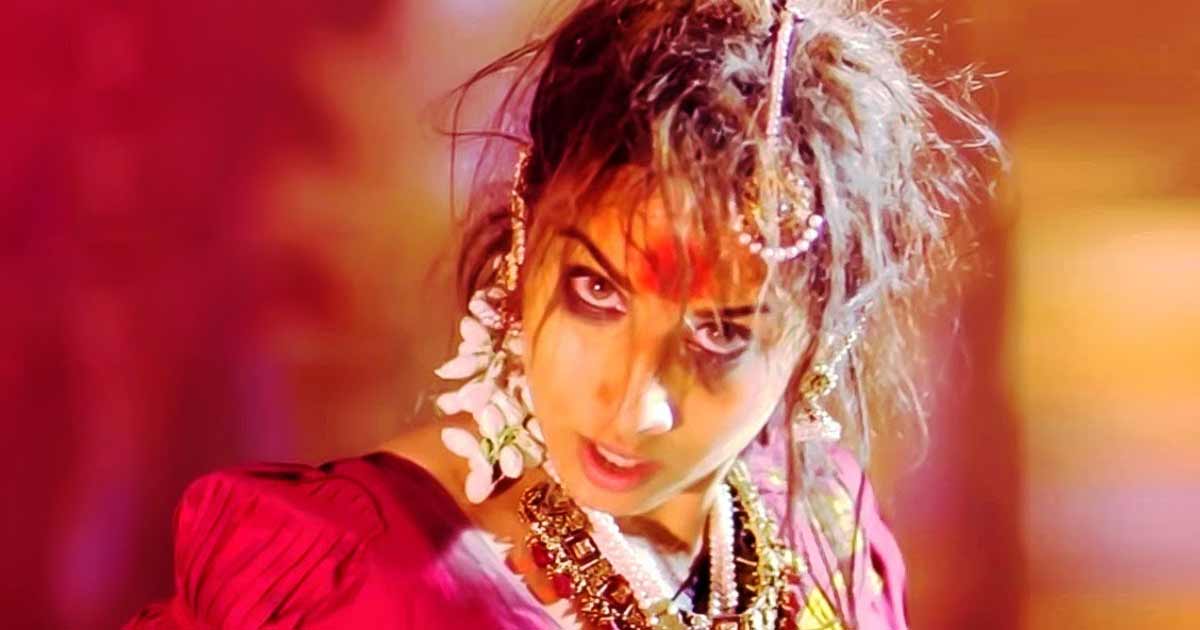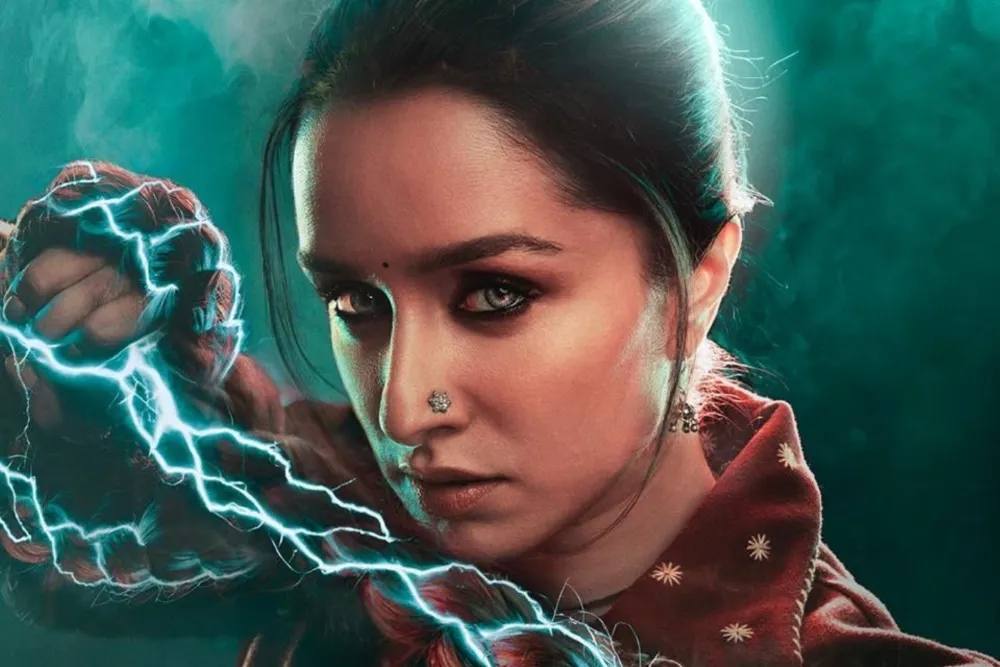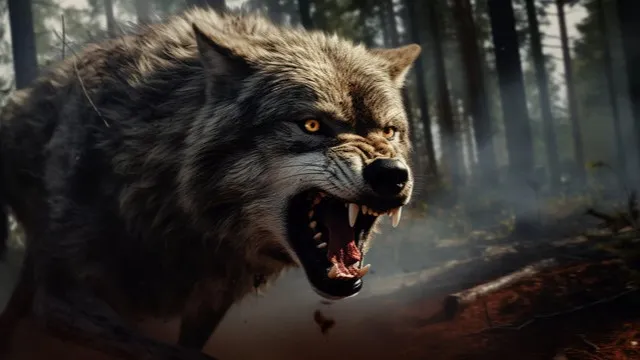The box-office records have come in, Bhool Bhulaiya 3 is a super hit—even the third time round, this horror comedy franchise found success, even though its plot was sketchy and the scares sporadic.
However, a genre that was once considered B grade when the Ramsay Brother horror movies were being churned out on relatively small budgets and no expensive CGI, is now stepping into the A game. In 2024, Stree 2: Sarkate Ka Rahasya, sequel to 2018’s Stree turned out to be a blockbuster, as did Munya, a sleeper hit with no stars and no promotion. When Tumbbad, which had flopped in 2018, was re-released recently, it also proved to be a success. Earlier in the year, Shaitaan was a hit; Bhediya in 2022 was appreciated, and a big enough hit to merit a sequel to be out next year.
Hollywood may have its own horror stories of vampires, zombies and werewolves, and even Halloween, a festival to celebrate ghosts, ghouls, witches and other paranormal creatures, but Indian folklore also is full of stories of daayans, chudails, betaals, and beliefs such as a ghost’s feet being back-to-front, a chudail’s power wrested in her braid, or a ghost’s image not being reflected in a mirror—myths that the two Stree films utilised in a contemporary setting.
More sophisticated VFX have made horror movies worth a producer’s while, and have also given free rein to the imaginations of writers and directors, with directors like Amar Kaushik (Stree) and Aditya Sarpotdar (Munjya, Kakuda) leading the pack, and Dinesh Vijan of Maddock films going for a now lucrative horror universe. When stars like Ajay Devgn, Akshay Kumar, Madhuri Dixit, Vidya Balan, Tabu, Varun Dhawan, Rajkummar Rao, Shraddha Kapoor attach themselves to horror movies, the audiences are bound to follow.
Films like Raat and Bhoot made by Ram Gopal Varma in the past, the low budget schlock of films like 1920 made by Vikram Bhatt, and the Raaz franchise by Mukesh and Mahesh Bhatt, have made way for a sophisticated style of storytelling and shooting that appealed to audiences that had been exposed to better quality content on OTT during the pandemic.
The change in audience taste seems to have come after the lockdown—if they go out to the cinema to watch a film, which is a pricey proposition these days, they have to get their money’s worth. Also, today’s horror comedies are aimed not at adults, but at young audiences, who enjoy the chills, thrills, laughter and catharsis of these movies.

Image Courtsey: dnaindia.com
The horror comedy took root in 2007, when Bhool Bhulaiyaa starring Akshay Kumar and Vidya Balan, was released—a Hindi adaptation of Priyadarshan’s 1993 hit, Manichitrathazhu. It took years for the genre to be universally appreciated by audiences and critics alike. Along with the usual good winning over evil trope, Stree made a case for respecting women—a message conveyed in a light-hearted manner. In Stree 2, when a demon attacks the same town, the people can only think of inviting the unnamed Stree from the earlier film to fight him. Woman power never worked so well outside of the horror genre.
The new Bollywood horror films are just mildly scary, not all out terrifying like the Dracula movies, the simpler Chucky The Doll films, the nightmare-inducing The Exorcist, the Blair Witch Project, or The Ring from Japan.
There have been studies to examine just why horror films (books and serials too) are popular. In a piece in Harvard Business Review, Haiyang Yang and Kuangjie Zhang wrote, “One reason we consume horror is to experience stimulation. Exposure to terrifying acts, or even the anticipation of those acts, can stimulate us — both mentally and physically — in opposing ways: negatively (in the form of fear or anxiety) or positively (in the form of excitement or joy). For instance, watching a horror video simultaneously activates both types of stimulation, with the most pleasure experienced at the most fearful moment. The biochemical inside our bodies also changes when we consume horror. Fright can trigger the release of adrenaline resulting in heightened sensations and surging energy.”

They add, “Consuming horror in a group is a great way to bond and connect with our friends and family. Research suggests that such bonding is linked to oxytocin which is often released when we are in frightening situations. This hormone facilitates feelings of closeness and affinity among the group members.”
This is, of course, seen in the way horror movies are enjoyed more in groups—laughing and screaming in terror are more fun when there are others to share the humour or the fear. They are also popular date movies – the somewhat sexist assumption being that terrified girls will cling to their boyfriends, making them feel more protective and manly.
Horror films with supernatural elements have a different impact than slasher movies with their blood, gore and violence that evoke disgust.
According to a piece by Daniel Parris in statsignificant.com. who has done an extensive statistical study of the genre, “Horror movies command significantly smaller budgets than the average film, with adventure, Sci-Fi, and animation projects typically receiving five times the funding of scary movies. As such, horror films don’t have to achieve blockbuster grosses to turn a profit. Better still, when it comes to scary movies, there is little correlation between a project’s critical acclaim and box office performance. Horror films come with a loyal built-in audience, much like superhero franchises or Star Wars spin-offs—this fandom will reliably show up to theaters, often agnostic of quality. When we bucket movies by average user review, sorting films into quality quartiles, horror flicks enjoy strong returns for low-scoring projects and outstanding returns for acclaimed works—significantly outperforming other genres. A bad horror movie makes for a good investment, while a decent drama will likely lose money for its producers. Scary movies are one of the few “sure things” in a film industry marked by ever-declining ticket sales—a phenomenon largely driven by the genre’s unique fanbase.”
He cites the work of University of Chicago researcher Coltan Scrivner, a leading expert on the science of horror, true crime, and morbid curiosity, who has conducted extensive research on the appeal of horror. “Further qualitative research indicates that individuals with heightened anxiety may gravitate toward horror films as a way of confronting and controlling their fear in a safe environment. Scrivener and his colleagues at the University of Chicago suggest that horror fans often exhibit greater psychological resilience during times of stress, possibly due to their engagement with fictional threats as a means of preparation (even if this “preparation” is unintentional). A 2020 analysis by Scrivner and Aarhus University’s Recreational Fear Lab found a strong link between a subject’s horror fandom and their ability to cope with the stresses of the COVID-19 pandemic. Those who identified as consumers of horror films or demonstrated “morbid curiosity” had higher levels of positive resilience and preparedness in tandem with low levels of psychological distress. The study also found a positive relationship between the quantity of pandemic-oriented content consumed pre-COVID-19 and a participant’s mental preparedness.”

Image courtesy: variety.com
Moviegoers entertained by the antics of Rooh Baba and Manjulika, or Stree’s blood-curdling gaze, would not analyse their responses to horror with any degree of seriousness, but if they did, they would realise why being scared at the movies has a science behind it, before the creativity even comes into play.








